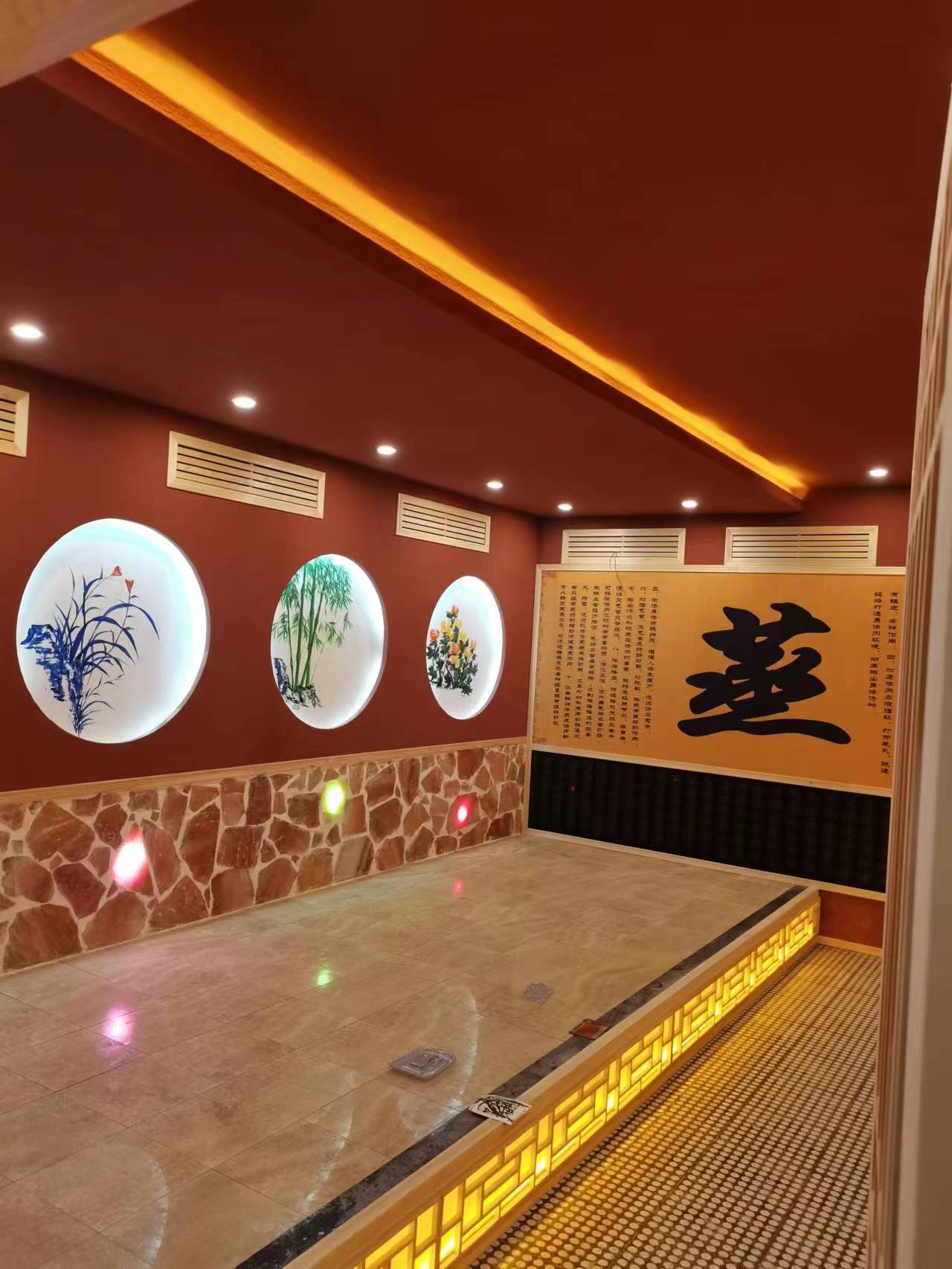
In the southern regions, humidity is often a significant factor that must be considered when choosing materials for sauna rooms. High humidity levels can have a profound impact on the durability, functionality, and safety of these spaces.
One of the primary considerations is the material's resistance to moisture. Sauna rooms are exposed to high levels of steam and humidity, which can cause materials to warp, rot, or develop mold and mildew. Materials such as cedar and hemlock are popular choices for sauna construction in the south because they are naturally resistant to moisture and decay. These woods not only withstand the humid environment but also emit a pleasant aroma, enhancing the sauna experience.
Another important aspect is the material's ability to insulate. In a sauna room, proper insulation is crucial to maintain the desired temperature and reduce energy consumption. Materials with good insulation properties, like mineral wool or foam insulation, can help keep the heat in and prevent condensation on the walls and ceiling. This is especially important in the south where high humidity can make it more difficult to maintain a consistent temperature.
The choice of flooring materials is also influenced by humidity. Tiles or natural stone flooring can be a good option as they are durable and resistant to moisture. They also provide a non-slip surface, ensuring safety in the humid sauna environment. Additionally, materials that are easy to clean and maintain are preferred, as the high humidity can make cleaning more challenging.
Furthermore, the hardware and fixtures used in sauna rooms must be able to withstand the humid conditions. Stainless steel or brass fittings are often chosen for their resistance to corrosion and durability.

